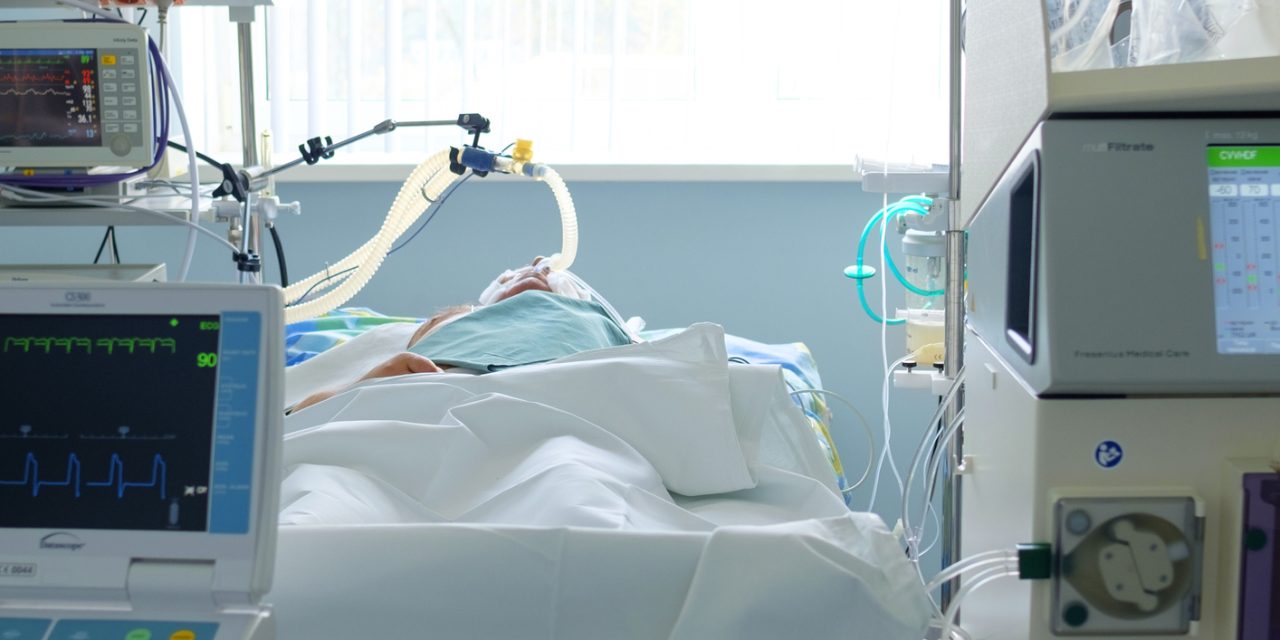As the number of patients with left ventricular assist device (LVAD) implantation has been increasing, treatment of LVAD-related ischemic stroke is becoming a critical issue. We sought to clarify the features of mechanical thrombectomy in LVAD-related stroke with large vessel occlusion.
In a multi-center, retrospective case-control study, we compared 20 LVAD-related strokes with 33 non-LVAD strokes, all of which had large vessel occlusion in the anterior circulation treated with mechanical thrombectomy. A comparative histopathological examination of the retrieved thrombi was also performed.
Successful reperfusion was achieved in 75% of the LVAD-related strokes. The time from onset to reperfusion was similar to that of non-LVAD strokes, but the total number of device passes required for reperfusion (median, 2.5 versus 1, P = 0.01) and the incidences of post-procedural parenchymal and subarachnoid hemorrhage (25% versus 3%, P = 0.02 and 55% versus 15%, P = 0.01, respectively) were higher in LVAD-related strokes. Symptomatic intracranial hemorrhage occurred in 4 patients (20%) with LVAD-related strokes. The histopathological analysis revealed that the ratio of erythrocyte components was significantly lower in thrombi retrieved from patients with LVAD-related stroke than in those with non-LVAD stroke (19 ± 6% versus 41 ± 17%, P = 0.01).
Mechanical thrombectomy is feasible in patients with LVAD-related stroke. However, repetitive device passes are needed to achieve successful reperfusion mainly because of the structurally organized thrombi, and the higher risk of hemorrhagic complications should be considered, while offering this therapeutic alternative.
Copyright © 2020 The Author(s). Published by Elsevier B.V. All rights reserved.
Mechanical thrombectomy in acute ischemic stroke patients with left ventricular assist device.


